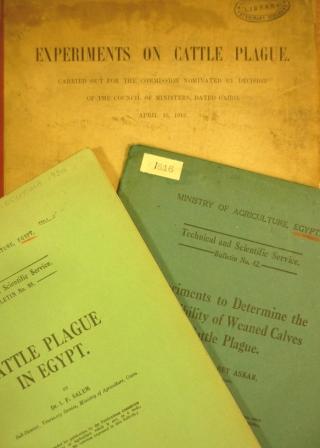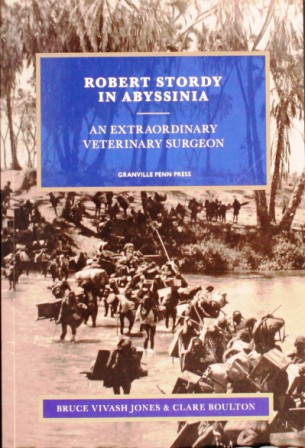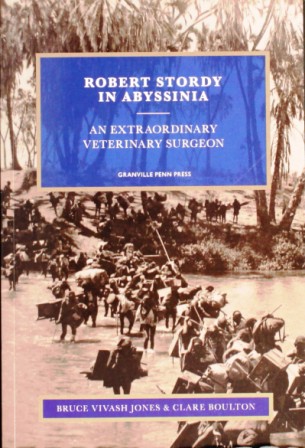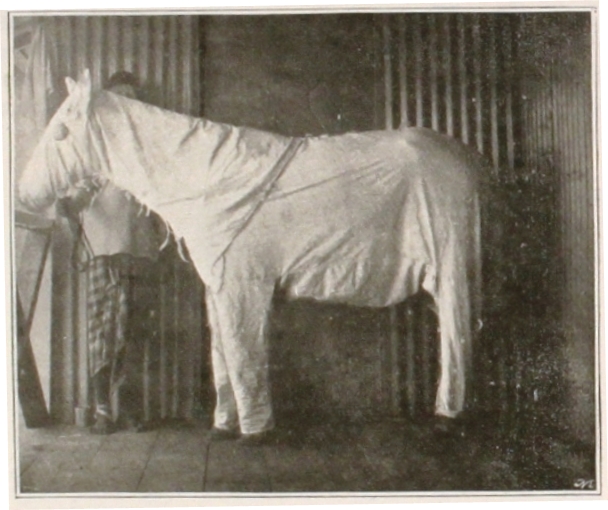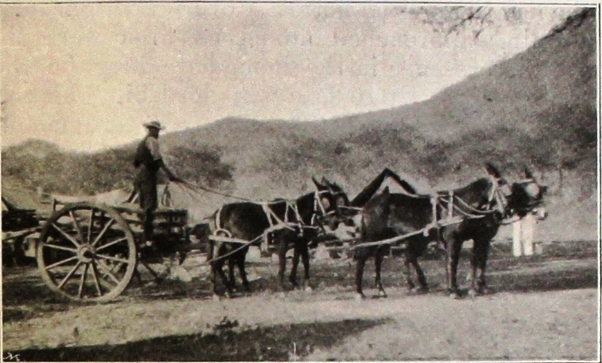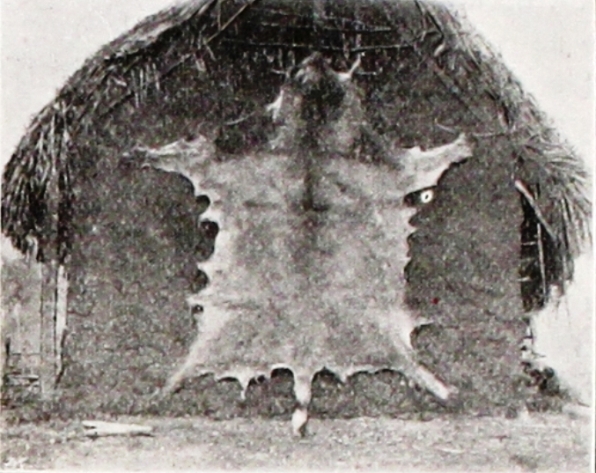Cattle plague in the colonies
It has recently been announced that the Wellcome Trust funded project to digitise the veterinary medicine reports that form part of the National Library of Scotland’s India papers collection has been added to the Medical History of British India website.
The veterinary collection, which covers the period 1864-1959, contains important material on research into diseases such as surra and rinderpest (cattle p lague).
lague).
This digitised material has sparked interest in our Library too, as we are in the middle of a project to retrospectively catalogue our material relating to the colonial veterinary services. We are working through them country by country and have travelled as far as Africa, where we also find that cattle plague was written about extensively.
The work of the colonial veterinary services is well represented in our collections. One particularly intriguing item is From Nairobi to the Red Sea through Ethiopia which is an account of mission to the Abyssinian government undertaken in 1911 by the Chief Veterinary Officer for British East Africa, Robert Stordy. This account is peppered with photos and personal anecdotes and makes fascinating reading. A transcription of the first chapter is available on the Trust Library website.
Image: Selection of reports on cattle plague held by the library.

